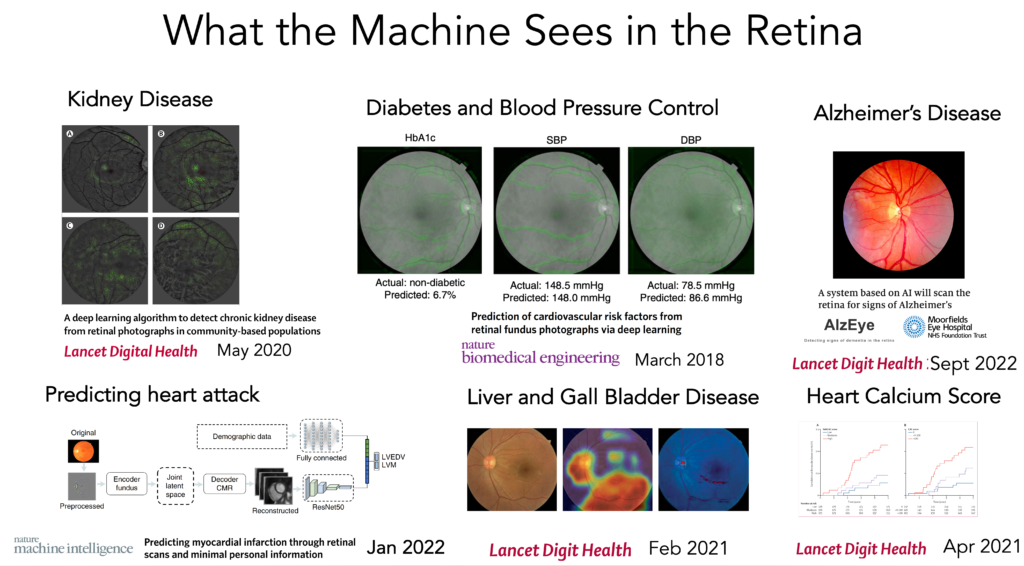Link:https://www.thinkadvisor.com/2024/07/30/mortality-stays-slightly-elevated-globe-life-exec/
Excerpt:
Since the COVID-19 pandemic began, in early 2020, Globe Life has been one of the life insurers that’s been quickest to give analysts candid assessments of U.S. mortality.
Mortality is much lower than it was when pandemic-related mortality was peaking, and mortality trends are now helping, not, hurting, Globe Life’s earnings, Kalmbach said.
“Mortality has been fairly consistent over the last few quarters, which has been good,” he said.
He sees the mortality rate from accidents and other nonmedical causes improving.
….
“Heart disease and cancer, although improved, are still a little bit higher,” he said. “Another one that remains elevated as a cause of death is neurological disorders, which would be stroke and Alzheimer’s. We’re keeping an eye on that.”
Author(s): Allison Bell
Publication Date: 30 July 2024
Publication Site: think Advisor
